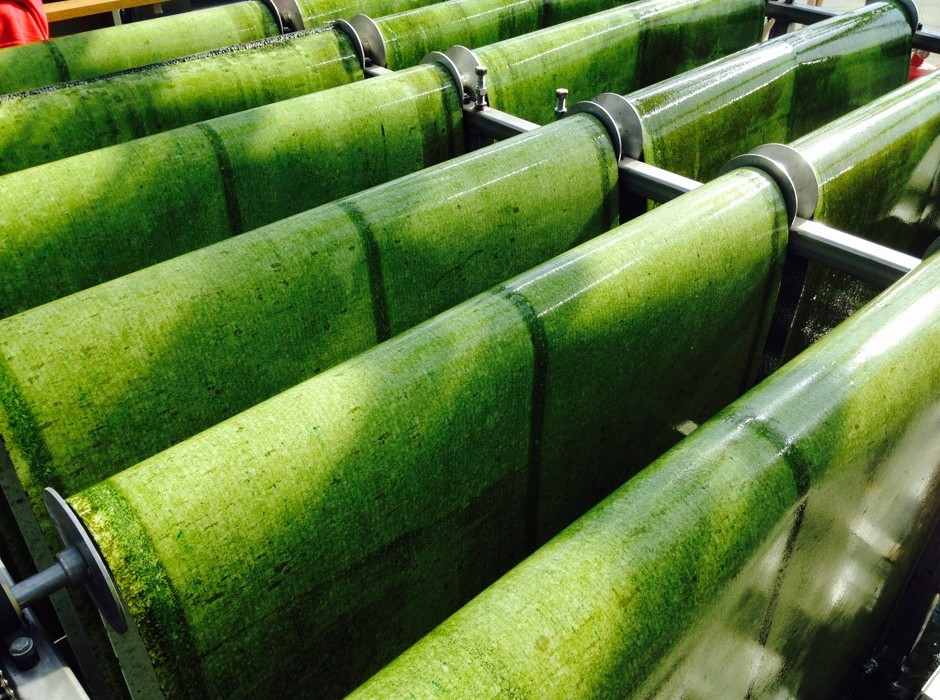Catfish and algae are cleaning up the Chicago River in Illinois. The two are something like an odd couple in the fight to restore the river to health.
“The channel catfish is the canary in the coal mine,” says Margaret Frisbie, executive director of the nonprofit Friends of the Chicago River. “If they can survive, other things can happen.”
In a city like Chicago, which took a mandate from the U.S. Environmental Protection Agency in 2011 to start the cleanup of the notoriously polluted three-pronged branch of the Chicago River, that’s important.
Earlier this year, backed by a $300,000 grant, Frisbie’s group and the Illinois Department of Natural Resources completed a two-year-long project of releasing 195,000 baby channel catfish into the river system and creating 400 nesting cavities made of permeable concrete tubes, which mimic submerged logs.
It’s also begun testing another method to help recover phosphorus. Surprisingly, the idea involves cultivating algae inside one of its plants. The algae eats the phosphorus while it’s in wastewater. After being cultivated, the algae can be scraped off conveyor-like belts and sold for a profit.
If this method ends up being permanently deployed, Kunetz says it would help reduce phosphorus and nitrogen levels in Chicago’s wastewater, and potentially in other cities’, too.
That means catfish—among other species—will be able to breathe a little easier.
^^^^^^^^^^^^^^^^^^^^^^
Note from Storm: I was very happy to see this report. I’ve been advocating algae-based restoration of polluted lakes and rivers ever since my days in the early 90’s, working with the brilliant Dr. Walter Adey (then head of the the Smithsonian Institution’s Marine Systems Laboratory).
There, I saw that algae is by far the most powerful and efficient way to restore waterways suffering from sewage or fertilizer-based nutrient pollution. It’s vastly more effective than the energy-and-chemical-intensive “solutions” advanced by most engineering companies: they are primarily interested in making money from the problem, not solving it. 99% of the time, when you hear someone say that “we have an algae problem“, you’re listening to the voice of ignorance. Pollution is the problem. The growth of algae that feeds on the pollution of the solution: one only needs to harvest it before it dies and returns those nutrients to the system.
That’s what’s finally being described here. I say “finally”, because such solutions have been available for a long time, but they tend to be too inexpensive, both to build and to operate. Engineering firms are generally rewarded based on a percentage of the overall cost (a truly stupid system), which encourages they to propose only the most expensive “solutions”.

